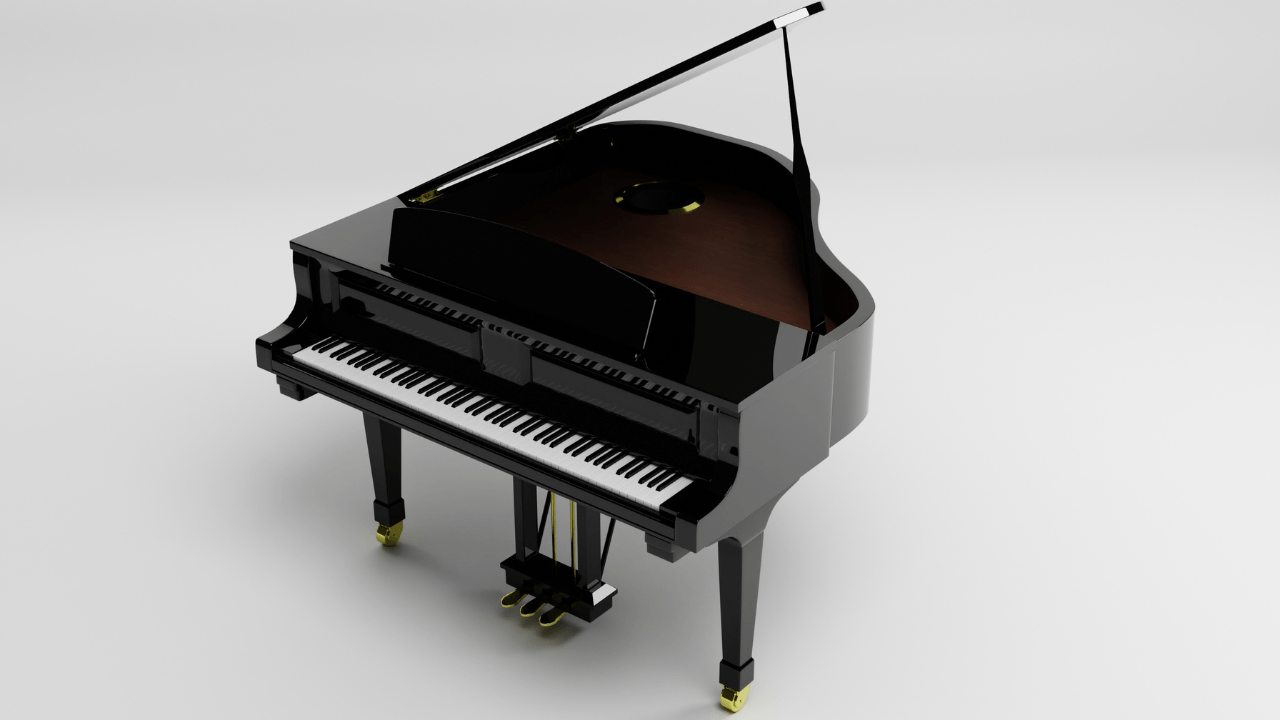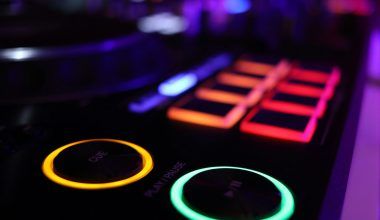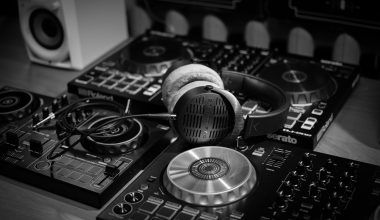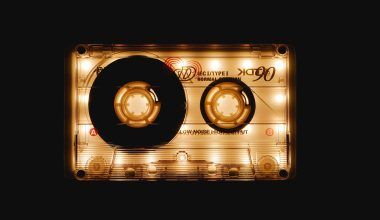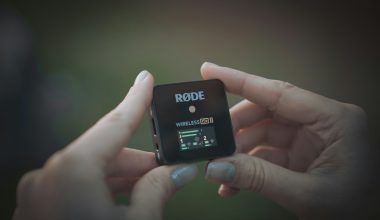A New Way to Play Piano
Have you ever wished for a piano that you could carry anywhere? Well, your wish just came true! The flexible piano is here, and it’s changing the way people think about playing music. This super-cool instrument is portable, lightweight, and easy to use. Whether you’re just starting to learn music or you’re a professional musician, the flexible piano can be your best buddy.
In this blog, we’ll explore everything about this amazing piano. From its features to how it can help you become a better musician, you’ll find all the answers here. So, let’s dive in!
What Exactly Is a Flexible Piano?
Imagine a piano you can roll up and put in your backpack. That’s the flexible piano! It’s not like the heavy, traditional pianos you see in music halls. Instead, it’s made of soft materials like silicone. This lets you roll it up, store it easily, and take it wherever you want.
Key Highlights:
- Portable Design: You can carry it to school, the park, or even a friend’s house.
- Lightweight: It weighs less than a regular laptop.
- Easy to Connect: It works with your phone or computer through USB or Bluetooth.
- Multiple Sounds: You can choose different tones, like organ or drum beats.
- Built-in Speakers: Some models even come with speakers, so you don’t need extra equipment.
Why Is the Flexible Piano So Popular?
There are so many reasons why people love the flexible piano. It’s affordable, easy to use, and perfect for anyone who loves music. Here’s why it stands out:
- Great for Beginners
If you’re just learning how to play, this piano is perfect. Many models come with lessons built right into them. You can follow along and improve your skills at your own pace. - Perfect for Small Spaces
Do you live in a small apartment or dorm? Don’t worry! The flexible piano doesn’t take up much space. You can roll it up and store it in a drawer when you’re done playing. - Travel-Friendly
Traditional pianos are too big to move around, but the flexible piano is super easy to carry. Whether you’re going on vacation or visiting family, you can take it with you.
How the Flexible Piano Works
This piano might look simple, but it’s packed with smart technology. It uses sensors under the keys to detect when you press them. These sensors send signals to a small chip, which plays the sound. The result? A smooth, realistic piano experience.
Cool Features:
- Pressure Sensitivity: The harder you press, the louder it plays—just like a real piano.
- Connectivity Options: Use USB to connect it to your computer or Bluetooth to pair it with your phone.
- Battery Powered: Some models run on rechargeable batteries, so you don’t even need a plug.
Why Beginners Should Choose a Flexible Piano
Learning music can be tough, but the flexible piano makes it easier. Here’s how:
- Affordable: Traditional pianos can cost a fortune. Flexible pianos are much cheaper, so you don’t have to break the bank.
- Built-In Learning Tools: Many flexible pianos come with apps or programs that teach you how to play step-by-step.
- Less Intimidating: For someone new, sitting in front of a grand piano can feel overwhelming. A flexible piano feels more approachable and fun.
Can Professionals Use Flexible Pianos?
Yes, they can! Don’t let the compact size fool you. Flexible pianos are great for experienced musicians too. They come with advanced features that make them a handy tool for practice and even composing music.
Here’s why professionals love them:
- MIDI Compatibility: This feature lets you record your music on software like GarageBand or FL Studio.
- Weighted Keys: Some models mimic the feel of real piano keys, making practice sessions feel authentic.
- Wide Range of Sounds: You can switch between piano, strings, and even drum beats for added creativity.
How to Pick the Right Flexible Piano
With so many options out there, choosing the perfect flexible piano might seem tricky. But don’t worry, here are some tips to help you out:
- Check the Keys: Look for pressure-sensitive keys for a more natural feel.
- Sound Quality: Make sure the speakers or headphones produce clear and rich sound.
- Size and Weight: If you plan to travel with it, pick a lightweight model.
- Connectivity: If you want to connect it to other devices, make sure it supports USB or Bluetooth.
Flexible Pianos in Schools and Homes
Teachers and parents love the flexible piano because it’s a fun and interactive way to teach music. Kids can play games, learn songs, and develop a love for music from an early age. Plus, because it’s so portable, schools can easily use it in classrooms without worrying about space.
Caring for Your Flexible Piano
To make your flexible piano last longer, follow these easy tips:
- Clean It Regularly: Use a damp cloth to wipe it down after playing.
- Store Properly: Roll it gently and keep it in a bag or case to avoid damage.
- Charge Batteries: Always keep the battery charged, especially if you’re taking it on a trip.
A Fun Comparison: Flexible Piano vs. Regular Piano
| Feature | Flexible Piano | Traditional Piano |
|---|---|---|
| Portability | Super easy to carry | Not portable at all |
| Cost | Very affordable | Expensive |
| Maintenance | Almost no maintenance needed | Needs regular tuning |
| Space Required | Fits in a drawer | Needs a big room |
| Learning Features | Built-in apps and tutorials | Requires a teacher |
How Composers Use Flexible Pianos
Composers and music producers find the flexible piano super helpful. It lets them create and experiment with new tunes anytime, anywhere. Plus, with MIDI compatibility, they can instantly transfer their ideas to their computer for editing.
What’s Next for Flexible Pianos?
As technology improves, these pianos will become even better. In the future, we can expect:
- Better Key Sensitivity: For a more realistic playing experience.
- AI Integration: Imagine a piano that learns your style and helps you improve!
- New Designs: They could get even more compact and stylish.
Frequently Asked Questions
1. Are flexible pianos good for kids?
Yes! They’re fun, easy to use, and perfect for small hands.
2. Can I use headphones with it?
Absolutely. Most models have a headphone jack so you can practice quietly.
3. Do flexible pianos sound like real pianos?
While the sound is good, it depends on the model. Some high-end versions sound almost identical to a traditional piano.
Final Thoughts: Should You Get a Flexible Piano?
If you love music and want an instrument that’s easy to use, affordable, and portable, the flexible piano is a fantastic choice. Whether you’re learning, practicing, or composing, it fits perfectly into your lifestyle. Plus, it’s fun and encourages creativity like no other instrument.
So why wait? Get your own flexible piano today and start making music anytime, anywhere!
For further reading, explore these related articles:
- How to Use Spotify URL to Share Your Music with the World
- How to Make Caller Tune: A Simple and Easy Guide
For additional resources on music marketing and distribution, visit Deliver My Tune.
